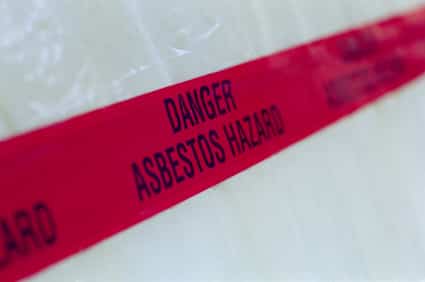Any home built before 1993 is likely to contain asbestos in some form or another, so asbestos removal might be necessary at some stage throughout the life of a home.
A common misconception is that asbestos is only found in fibro sheeting, but it is also frequently found in vinyl floor tiles and zelemite, a black tar board. Even fibro sheeting stamped with “no asbestos” can’t be taken at face value as it has been known to still contain asbestos fibres.
The biggest offenders are homes built between the 1940s and 1980s, where asbestos was utilised for its cost-efficient, fire-resistant and insulating properties, as well as its durability.
Any homeowners undertaking renovations could stumble upon the stuff, sometimes in the most unlikely spots – even double-brick houses, where old concrete paths were sometimes formed using asbestos sheeting!
It’s difficult to tell whether a building material contains asbestos. The only way to know for sure is to have it inspected and tested by a professional. Before embarking on any major building works, it’s good to have a rough idea of where asbestos may be located. Your health – and your wallet – will thank you for it.
Possible asbestos locations
Exterior
- Roofing materials: asphalt shingles, roofing felt, base flashing and roofing adhesives may all contain asbestos in varying amounts.
- Cement siding, including shingles, clapboard and other cement products, may contain between 12% and 15% asbestos.
Interior
- Insulation products, including loose or batt insulation used in walls, seal and duct coverings, pipe insulation, and electrical insulation, may contain asbestos.
- Vinyl tiles (wall, floor and ceiling) and tile underlay
- Acoustic plaster and finishers used in interiors have a characteristic popcorn-like texture and may contain asbestos.
- Adhesives, caulk, putty, tape and patching materials. These were most commonly used in locations subject to high temperatures.
- Pipes with asbestos tape.
